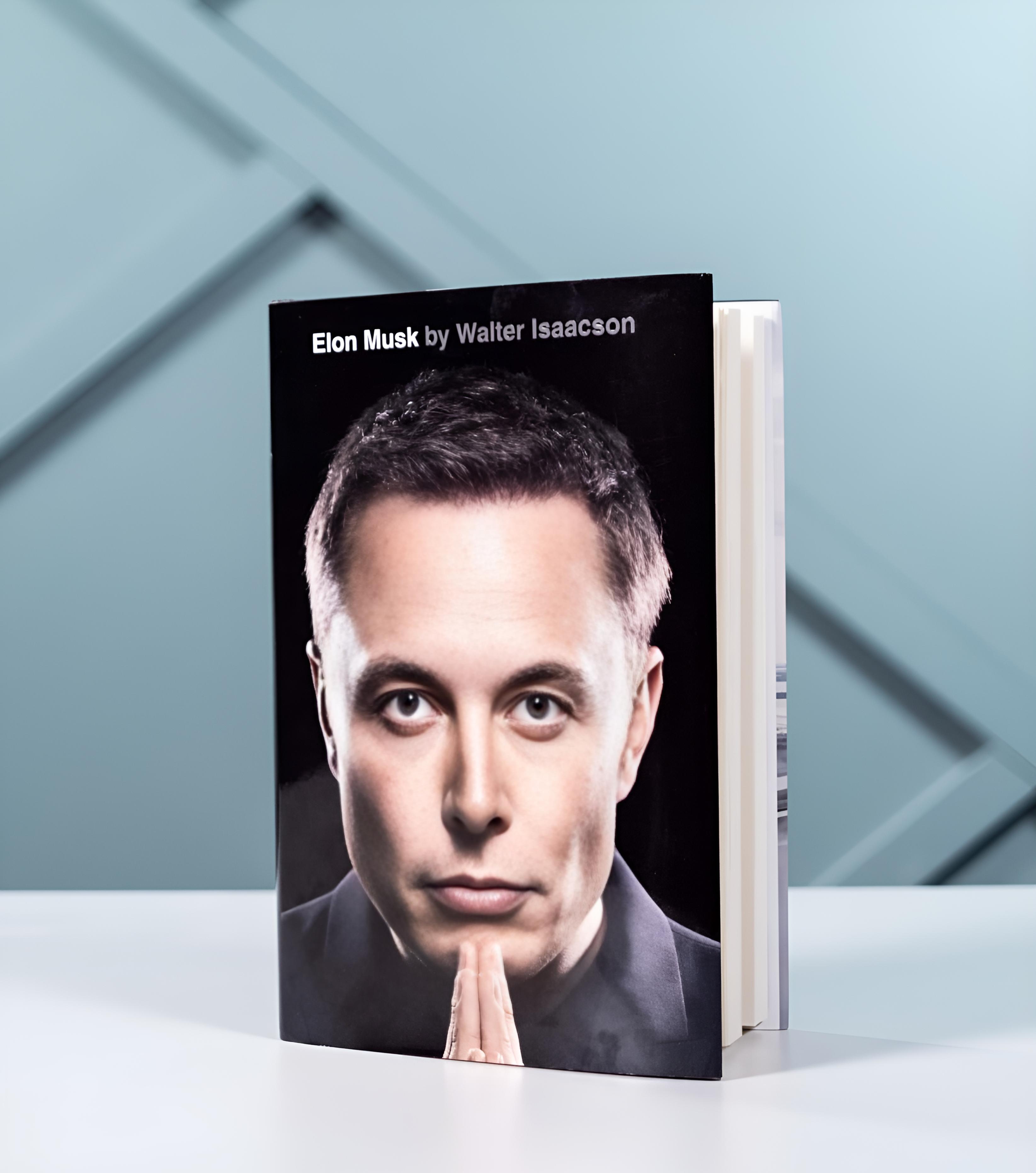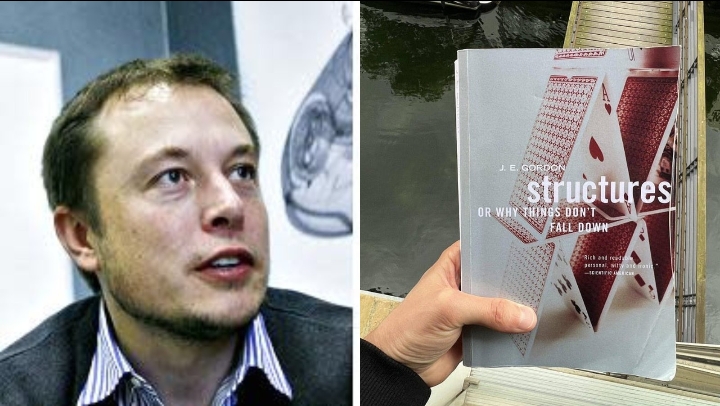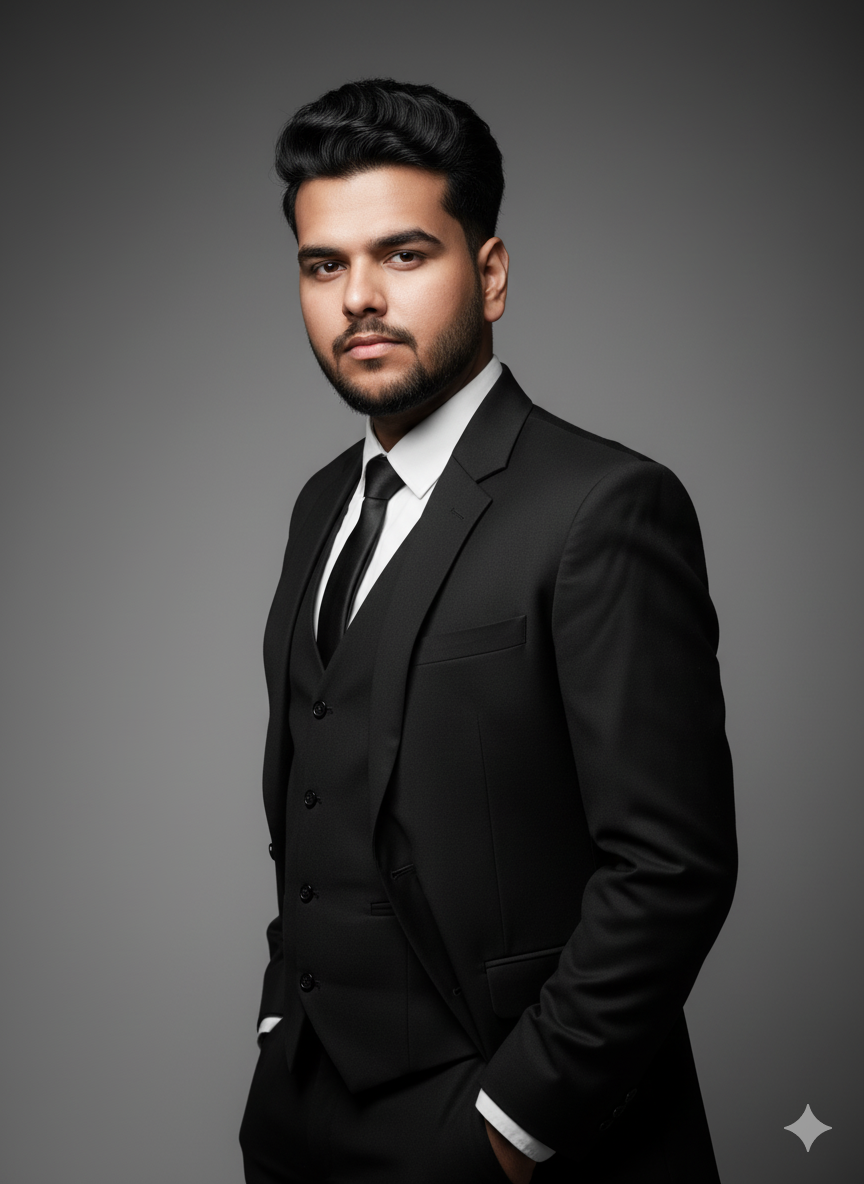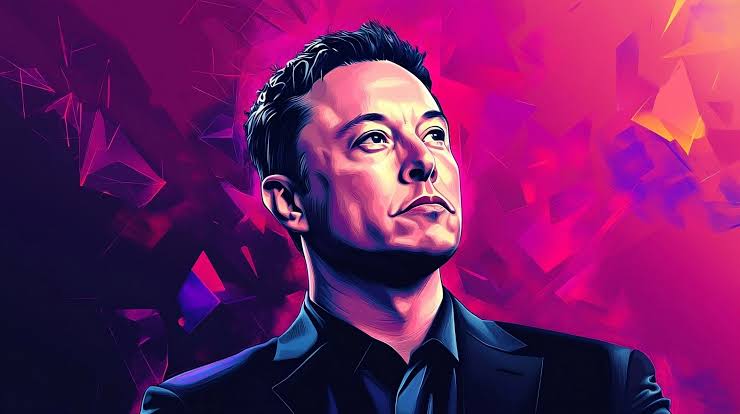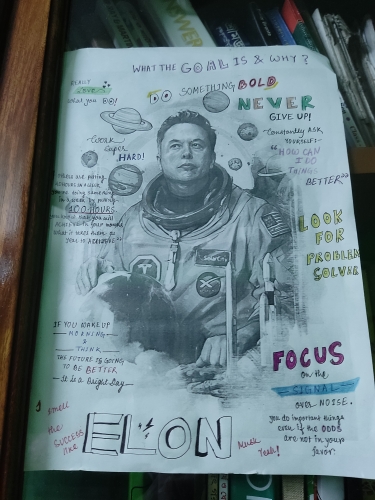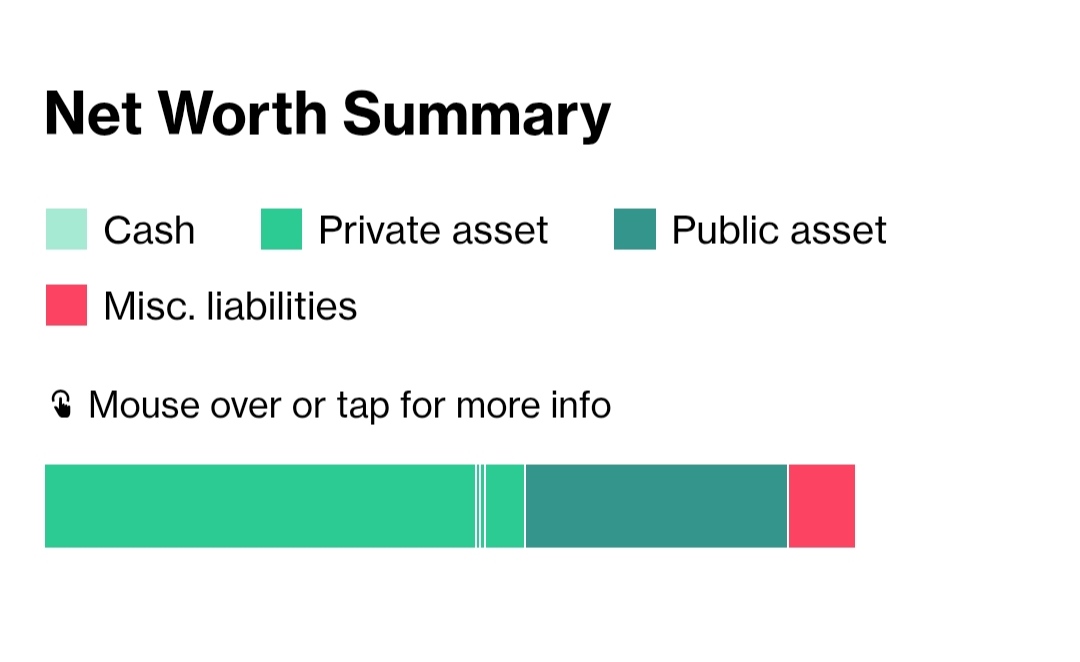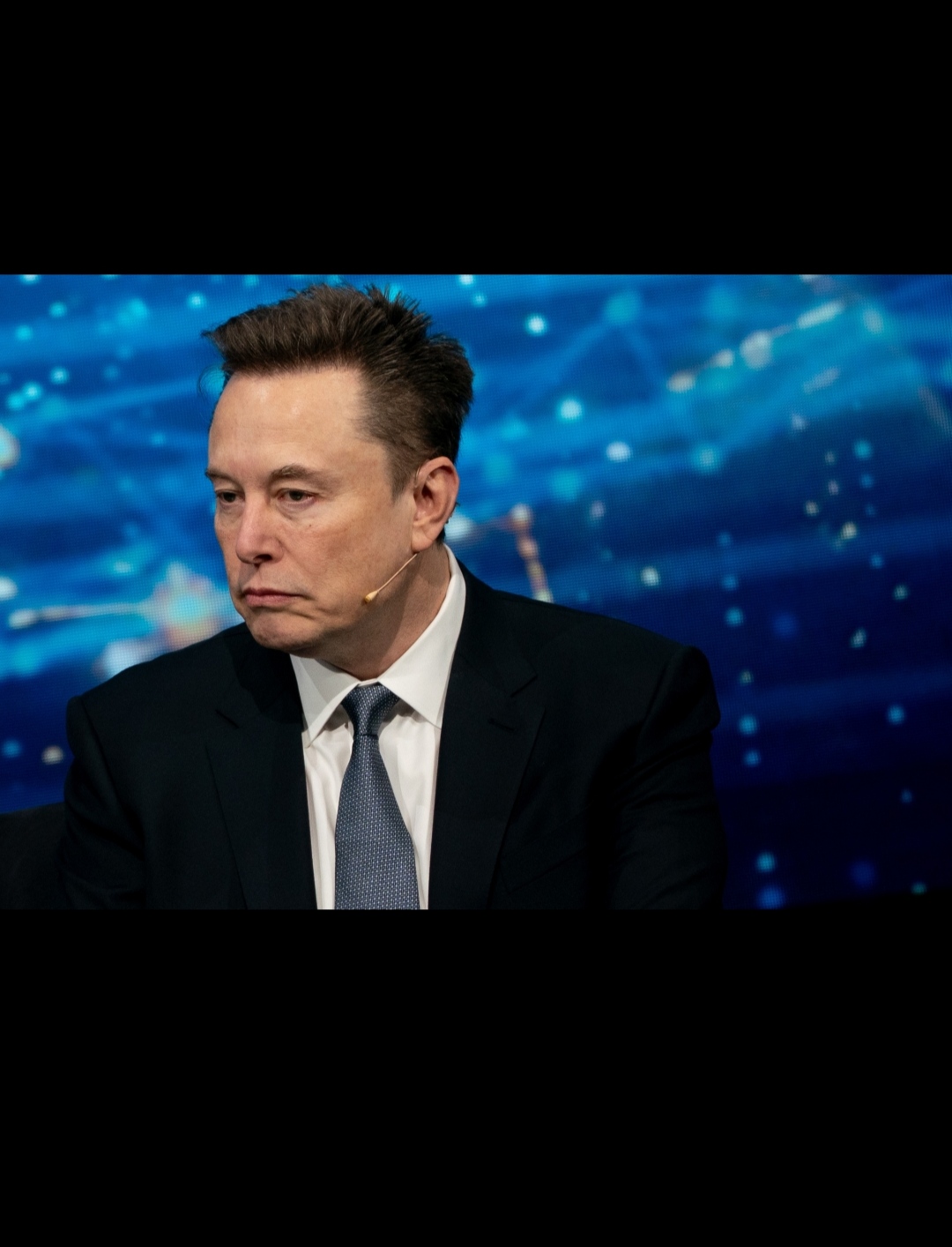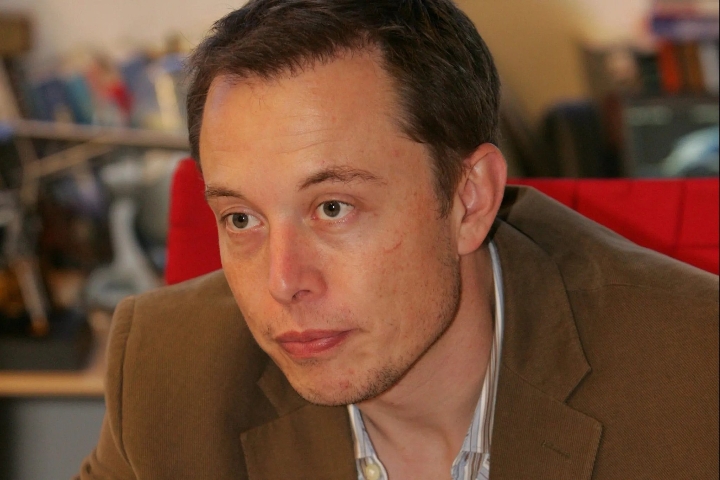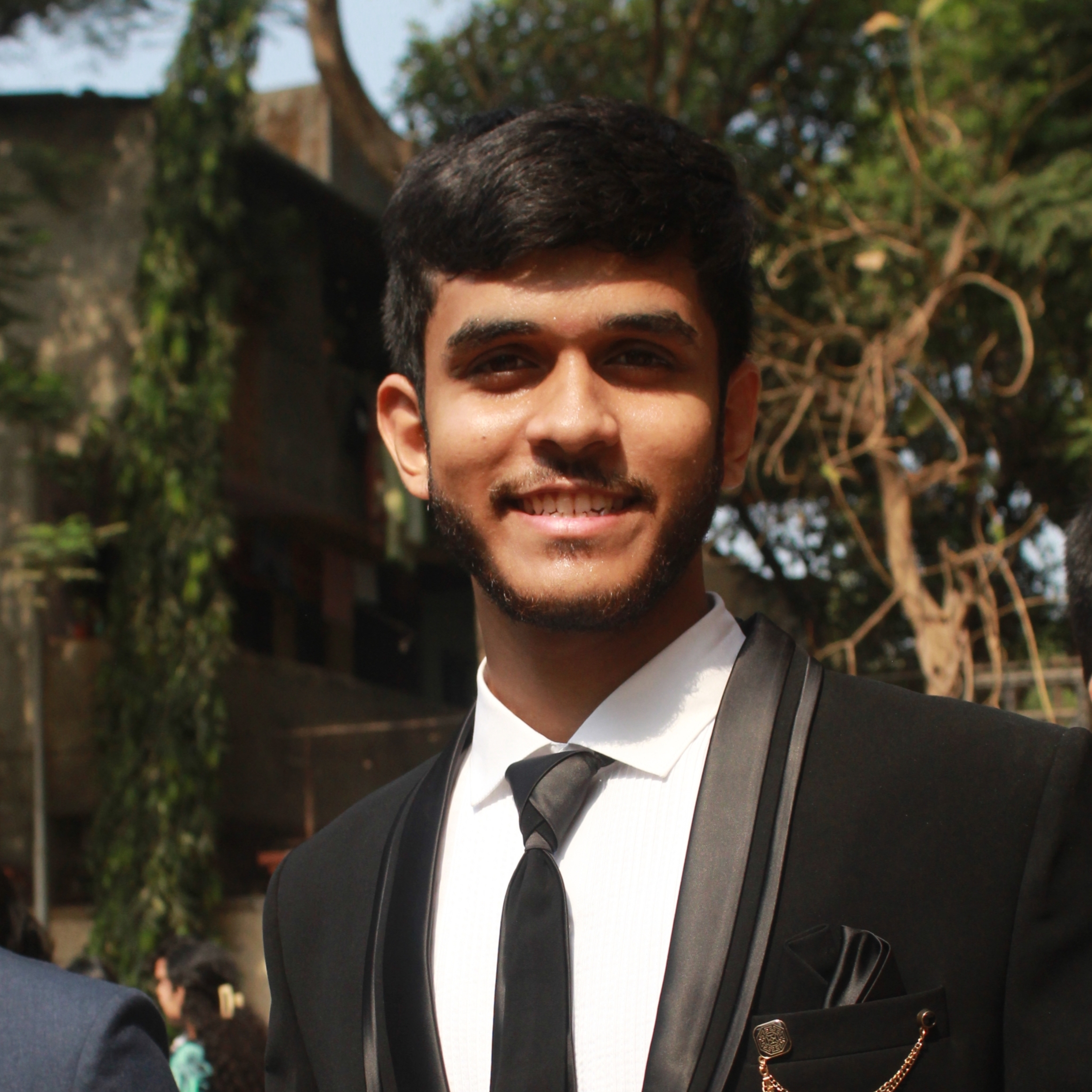Back
SHIV DIXIT
CHAIRMAN - BITEX IND... • 1y
📖 DAILY BOOK SUMMARIES 📖 🔗 DIRECT FREE E-BOOK DOWNLOAD LINK AVAILABLE — https://drive.google.com/file/d/1zjhH4-9gPl_JhokQeITsIpH-zGhDduUT/view?usp=drivesdk 🔥Elon Musk : How he created everything🔥 🚀 20 Lessons from 👉 ✨ Ashlee vence✨ 1. Early Life: • Born in South Africa, Elon Musk had a tough childhood but showed an early interest in technology, reading extensively and learning to code by age 10. 2. Move to the U.S.: • Musk moved to the U.S. to attend the University of Pennsylvania, where he earned degrees in economics and physics. 3. First Ventures: • Co-founded Zip2, an online city guide, which he sold for nearly $300 million. Later, co-founded X.com, which became PayPal, sold to eBay for $1.5 billion. 4. Founding of SpaceX: • In 2002, Musk founded SpaceX with the vision to reduce space transportation costs and make space exploration affordable. Early failures nearly bankrupted the company. 5. Founding of Tesla: • Musk joined Tesla Motors in 2004 as a major investor and later took over as CEO. Tesla aimed to revolutionize the electric vehicle industry with sustainable energy solutions. 6. Vision of Sustainable Energy: • Tesla’s mission extends beyond electric cars, focusing on renewable energy with solar panels (SolarCity acquisition) and battery storage (Powerwall). 7. Tesla’s Challenges: • Faced numerous production delays, funding crises, and skepticism from investors, but Musk’s persistence pushed Tesla to release game-changing cars like the Model S and Model 3. 8. SpaceX’s Success: • After several rocket failures, SpaceX achieved success with the Falcon 1 launch in 2008. The Falcon 9 and Dragon spacecraft established it as a major player in space exploration. 9. Reusable Rockets: • SpaceX’s innovation in reusable rockets drastically reduced launch costs, and the company secured NASA contracts and private satellite launches. 10. Hyperloop & Other Ventures: • Musk proposed the Hyperloop, a high-speed transportation system. He is also involved in ventures like Neuralink (brain-machine interface) and The Boring Company (tunneling for traffic solutions). 11. Mars Colonization Goal: • Musk’s long-term goal with SpaceX is to colonize Mars, aiming to make humanity a multi-planetary species. 12. Work Ethic & Leadership Style: • Known for an extreme work ethic, Musk often works 100-hour weeks and expects the same level of dedication from his employees. 13. Personal Life: • Musk’s personal life, including multiple marriages and public controversies, is marked by the same intensity as his professional ventures. 14. Impact on Industry: • Musk has disrupted multiple industries: electric cars (Tesla), space (SpaceX), solar energy (SolarCity), and more, all aiming toward a future of sustainable and advanced technology.
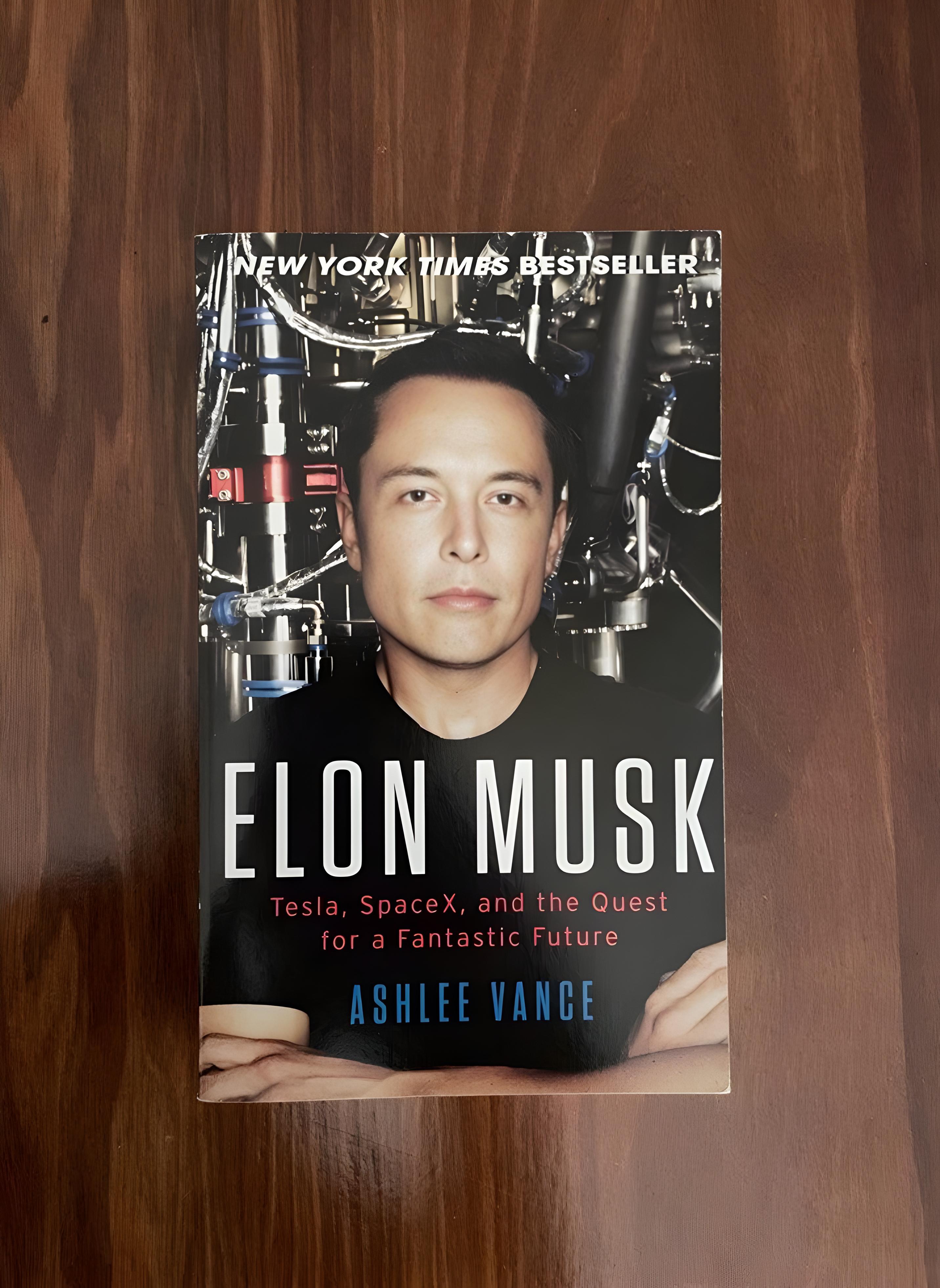
Replies (16)
More like this
Recommendations from Medial
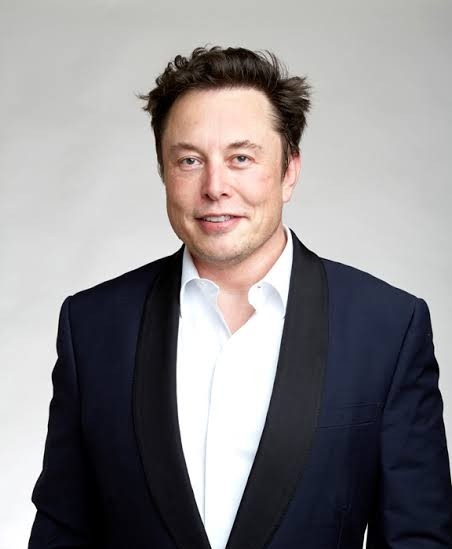

Anonymous
Hey I am on Medial • 1y
Ever wondered how Elon Musk created initial revenue for SpaceX, Tesla and X? 1. SpaceX: Space exploration is expensive. So his funds were used to create and deploy multiple small satellites in the space for telecommunication, called Starlink. This
See More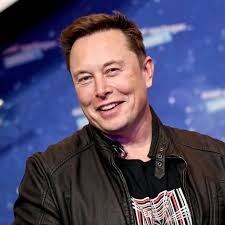
Download the medial app to read full posts, comements and news.






